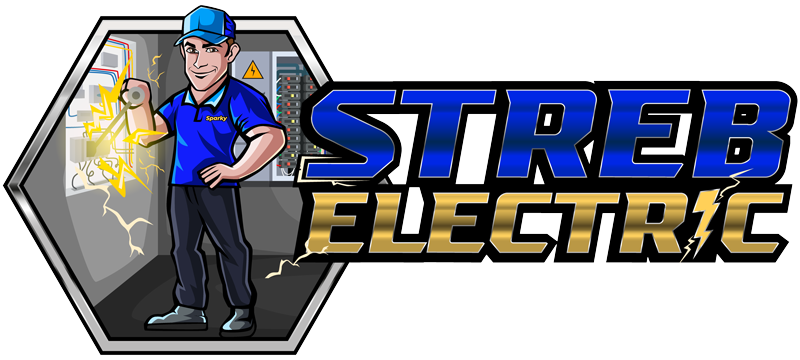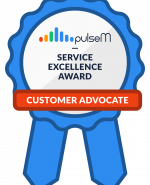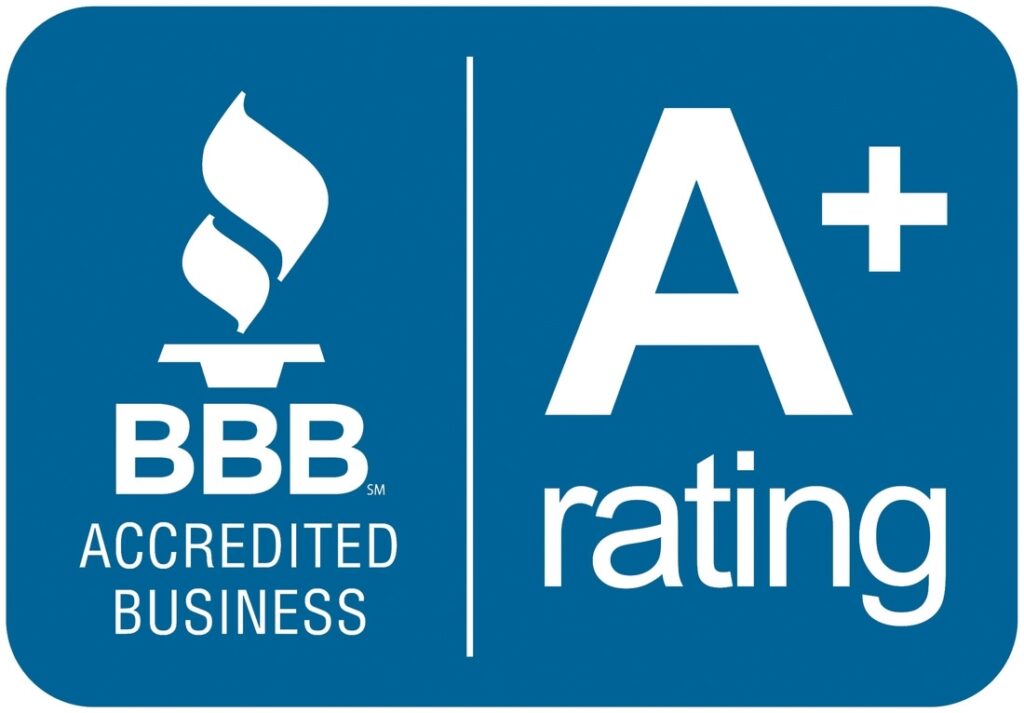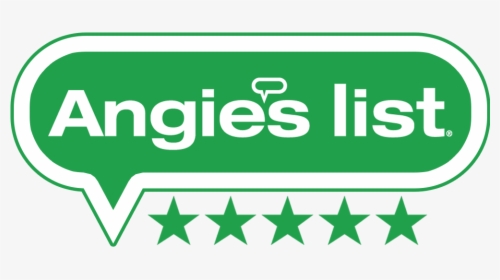Protecting Small Children from Home Electrical Hazards
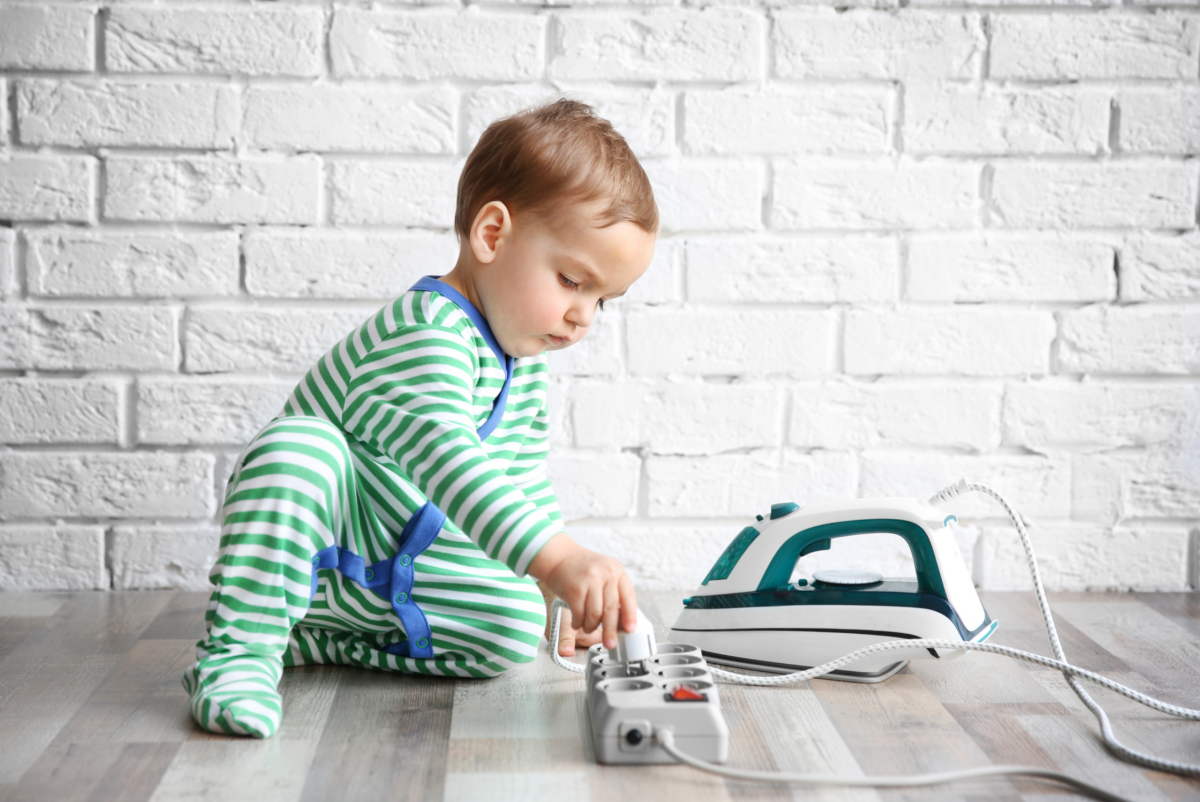
The Electrical Safety Foundation International (ESFI) stated that, on average, there are more than five hundred deaths and four thousand injuries yearly due to electrical accidents in the United States. Children under 15 are particularly at risk, as they are more likely to be injured by electrical shocks and burns than adults. There are several potential electrical hazards in and around the home that result in accidents.
In 2018, the ESFI reported that children under 15 accounted for 16 percent of electrical injury deaths and 12 percent of electrical injury hospitalizations in the United States. Most of these injuries occurred in the home and were caused by contact with electrical outlets, cords, and appliances.
Home Electrical Hazards – Prevention Tips and Advice
How can you protect young children in your home? The first step is to be aware of the most common risks associated with electricity, then educate your family and take steps to reduce electrical hazards.
Here are a few of the most common electrical hazards that pose risks to children in the home and steps you can take to prevent accidents:
Electrical Outlets
Hazard: Children are naturally curious, and electrical outlets are always within easy reach throughout the home. Sticking little fingers, keys, toys, and other objects into outlets is tempting, which can lead to electric shock.
Prevention: New parents commonly use outlet covers to protect children from them. However, they can easily be accessed by an intelligent toddler. Instead, we recommend installing spring-loaded covers that close off the openings when not in use to reduce the risk.
Electrical Cords
Hazard: Young children (and puppies) find the pliable plastic on electrical cords an attractive material to chew on, which can lead to electric shock or and electrical fire.
Prevention: Always keep cords out of reach and repair or replace any frayed or damaged cords immediately. Only rely on extension cords for temporary, short-term use.
Lamps and Appliances
Hazard: Children may touch hot appliances, leading to burns or injury. If a lamp or electrical appliance, such as an electric grill, is on a table or counter, a child could pull on the electrical cord, causing it to topple onto them.
Prevention: Keep appliances unplugged when not in use and teach children to stay clear of appliances. Always plug appliances into outlets that are out of reach of children.
Water and Electricity
Hazard: Most children love being around water, whether in the bathtub, the backyard pool, or the hot tub. The most significant electrical risk in the bathroom is from appliances like hairdryers coming into contact with water, leading to electrocution.
Prevention: Never leave young children unattended in bathtubs, swimming pools, and other bodies of water. Ensure that GFCI (ground fault circuit interrupter) receptacles are installed everywhere as required by law, including bathrooms, kitchens, laundry rooms, garages, etc. GFCIs can detect when an appliance comes into contact with water and instantly stop the flow of electricity. Be sure to test your GFCI outlets to ensure they work correctly regularly.
Outside the Home
Hazard: Overhead powerlines, buried underground electrical utilities, power tools, and extension cords – all present a risk of electrocution.
Prevention: Teach kids to avoid power lines and poles and not to dig or play in areas where underground utilities may be present. Keep kids away from electrical equipment such as generators, central air conditioners, pool and hot tub breakers, outdoor outlets, extension cords, and portable power tools.
If you are concerned about electrical hazards in and around your home, call Streb Electric. We are qualified electricians who can help identify potential hazards and provide guidance on protecting your family from electrical hazards.
Additional Safety Resources
Electrical Safety Foundation International (ESFI): The ESFI is a non-profit organization that provides information and resources on electrical safety, including tips for parents and educators.
National Fire Protection Association (NFPA): The NFPA is a non-profit organization that provides information and resources on fire and electrical safety, including tips for parents and educators.
Consumer Product Safety Commission (CPSC): The CPSC is a government agency that provides information and resources on product safety, including electrical safety.
U.S. Department of Energy (DOE): The DOE provides information and resources on energy efficiency and safety, including electrical safety.Your local electric utility: Many electric utilities offer information and resources on electrical safety, including tips for parents and educators.
